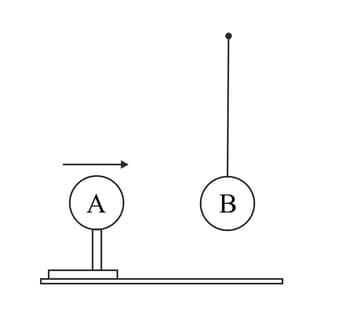David Sang Solutions for Chapter: Static Electricity, Exercise 4: End-of-chapter questions
David Sang Physics Solutions for Exercise - David Sang Solutions for Chapter: Static Electricity, Exercise 4: End-of-chapter questions
Attempt the free practice questions on Chapter 17: Static Electricity, Exercise 4: End-of-chapter questions with hints and solutions to strengthen your understanding. Cambridge IGCSE® Physics Coursebook Second Edition solutions are prepared by Experienced Embibe Experts.
Questions from David Sang Solutions for Chapter: Static Electricity, Exercise 4: End-of-chapter questions with Hints & Solutions
When a Perspex rod is rubbed on a woollen cloth, the rod acquires a negative electric charge. What can you say about the amounts of charge on the two charged items?
When a Perspex rod is rubbed on a woollen cloth, the rod acquires a negative electric charge. If you had two Perspex rods charged up in this way, how could you show that they both have electric charges of the same sign?
If you rub a balloon on woollen clothing, the balloon gains a negative electrostatic charge. Use the idea of the movement of electrons to explain this.
If the balloon is held close to an uncharged scrap of paper, the paper and the balloon will attract each other. Use the idea of charging by induction to explain this.
A girl has two metal bars, and . When the girl holds one end of bar near a magnet, she finds that it attracts both the N pole and the S pole of the magnet. What does this tell you about bar ?
A girl has two metal bars, and . When the girl holds one end of bar near the magnet, it attracts the N pole of the magnet, but repels the S pole. What does this tell you about bar ?
In an experiment, the girl uses two table-tennis balls A and B. Each is coated with a thin layer of conducting material. Ball A is mounted on an insulating stand and ball B is suspended from a thin nylon thread. The arrangement is shown in the diagram.

Ball A is given a negative charge, and is slowly moved towards ball B until it touches. Predict what is seen to happen.
Suggest how a plastic rod may be given an electrostatic charge.
